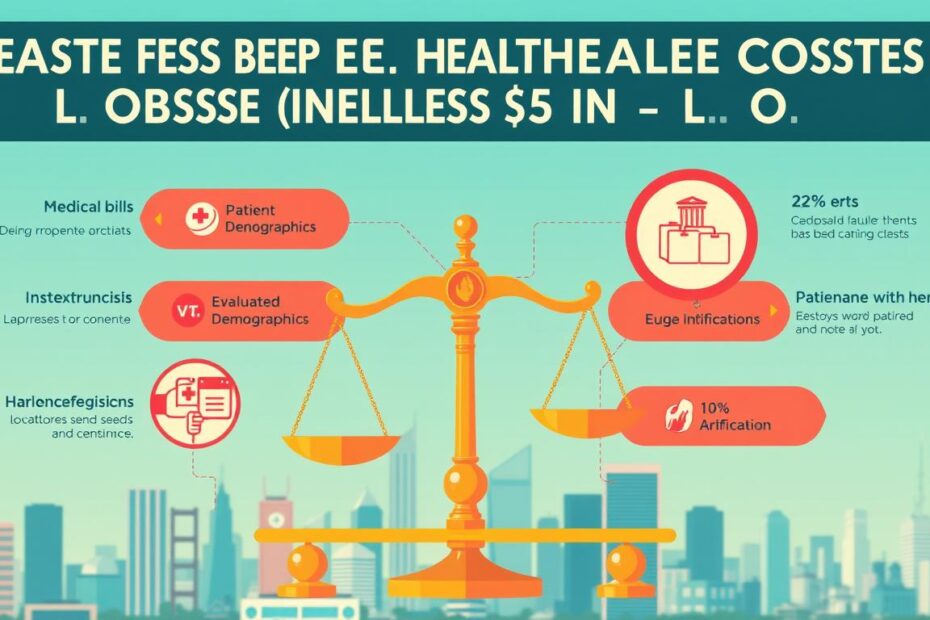In the United States, the debate surrounding healthcare costs has grown increasingly complex and contentious. One question consistently arises: Is the cost of basic healthcare in the U.S. justifiable? As citizens grapple with rising premiums, out-of-pocket expenses, and the accessibility of medical services, understanding the components that contribute to these costs is essential. This article delves into the core elements of basic healthcare expenses, examines various factors influencing their justification, and performs a comparative analysis of U.S. healthcare costs against global standards, ultimately shedding light on the challenging landscape of American healthcare.
Key Takeaways
- Basic healthcare costs in the U.S. involve multiple components, including provider fees, facility costs, and administrative expenses.
- Factors such as policy regulations, market competition, and economic conditions significantly influence healthcare expenses in the U.S.
- A comparative analysis reveals that U.S. healthcare costs are often higher than those of other developed nations, raising questions about justification.
- Patients in the U.S. struggle with high out-of-pocket expenses compared to their global counterparts, impacting their access to care.
- Understanding the complexity of healthcare costs is essential for evaluating their overall justification and the potential need for reform.
Understanding the Components of Basic Healthcare Costs in the U.S.
When it comes to the question, ‘Is the cost of basic healthcare in the U.S. justifiable?’ it is essential to break down the various components that contribute to these expenses. Basic healthcare costs in the United States can be broken down into several key categories: administrative costs, provider payment, prescription drugs, and hospital services. Administrative costs often account for a significant portion of healthcare expenditure due to complex insurance claims processes and regulatory requirements. Provider payments, which include salaries for healthcare professionals and reimbursement for services, also play a crucial role in cost determination. Additionally, the prices of prescription drugs in the U.S. tend to be higher than in many other countries, further inflating overall healthcare costs. Lastly, hospital services, which encompass everything from emergency room visits to surgical procedures, contribute immensely to the financial burden. By understanding these components, one can more critically evaluate whether the current pricing structure for basic healthcare in the U.S. is justifiable or if reforms are needed to enhance affordability and accessibility.
Factors Influencing the Justification of Healthcare Expenses
When evaluating whether the cost of basic healthcare in the U.S. is justifiable, several factors come into play, influencing both public perception and policy decisions. First and foremost, the complexity of the U.S. healthcare system, which encompasses private insurance, public programs, and out-of-pocket expenses, creates a vast array of costs that vary widely among individuals. Additionally, advancements in medical technology and pharmaceuticals, while improving patient outcomes, contribute significantly to rising expenses. Societal factors such as an aging population, increasing prevalence of chronic conditions, and income inequality also play critical roles in shaping healthcare costs. Finally, the administrative burden and inefficiencies inherent in the system further complicate the justification of these expenses. By examining these key factors, stakeholders can better understand the intricate landscape of healthcare costs, and ultimately assess their justification.
‘The greatest wealth is health.’ – Virgil
Comparative Analysis: U.S. Healthcare Costs vs. Global Standards
When examining the question, ‘Is the cost of basic healthcare in the U.S. justifiable?’ it is essential to conduct a comparative analysis of healthcare costs against global standards. The United States, despite being one of the wealthiest nations, has strikingly high healthcare expenditures that far surpass those of other developed countries. For instance, while countries like France and Germany manage to deliver quality healthcare to their citizens at a fraction of the cost, the U.S. spends approximately $13,000 per capita annually. This discrepancy raises critical questions about the U.S. healthcare system’s efficiency and accessibility. Factors such as administrative complexity, the high price of medical services and pharmaceuticals, and the prevalence of for-profit healthcare institutions contribute to these soaring costs. Furthermore, the lack of universal healthcare coverage forces many individuals into medical debt or leads them to forego necessary treatments. By contrasting these elements with international practices, it becomes apparent that the cost of basic healthcare in the U.S. may not only be unjustifiable but also indicative of a flawed system that prioritizes profit over patient care.


